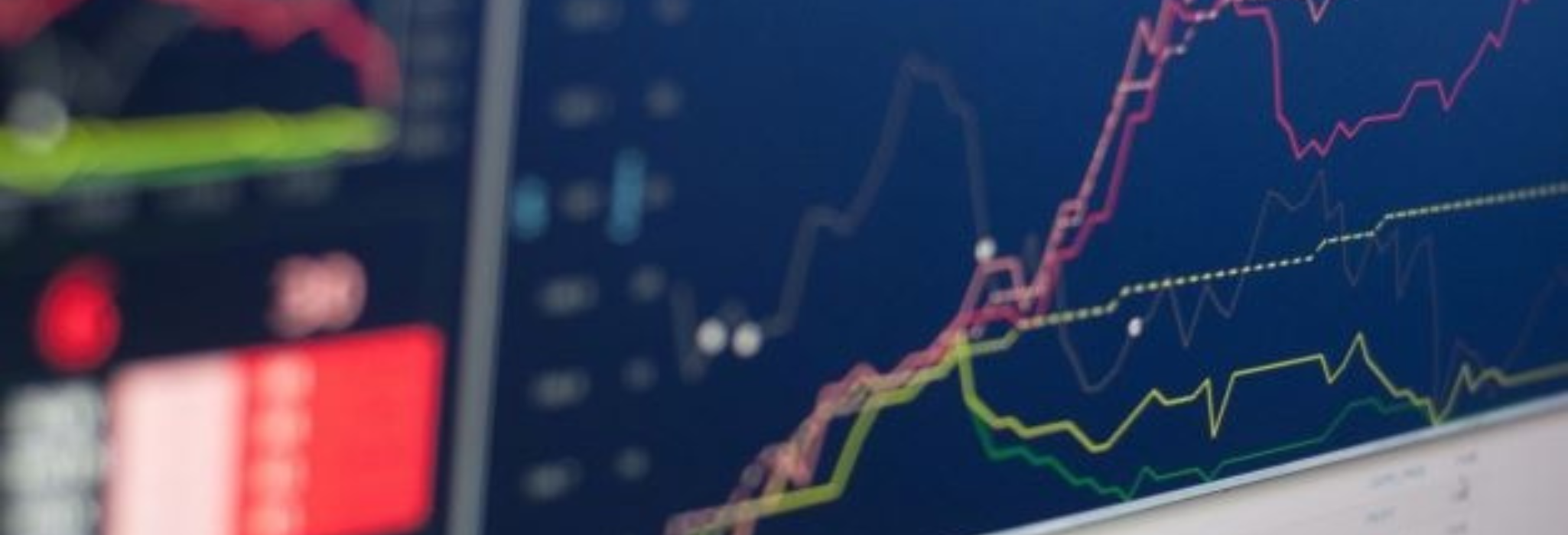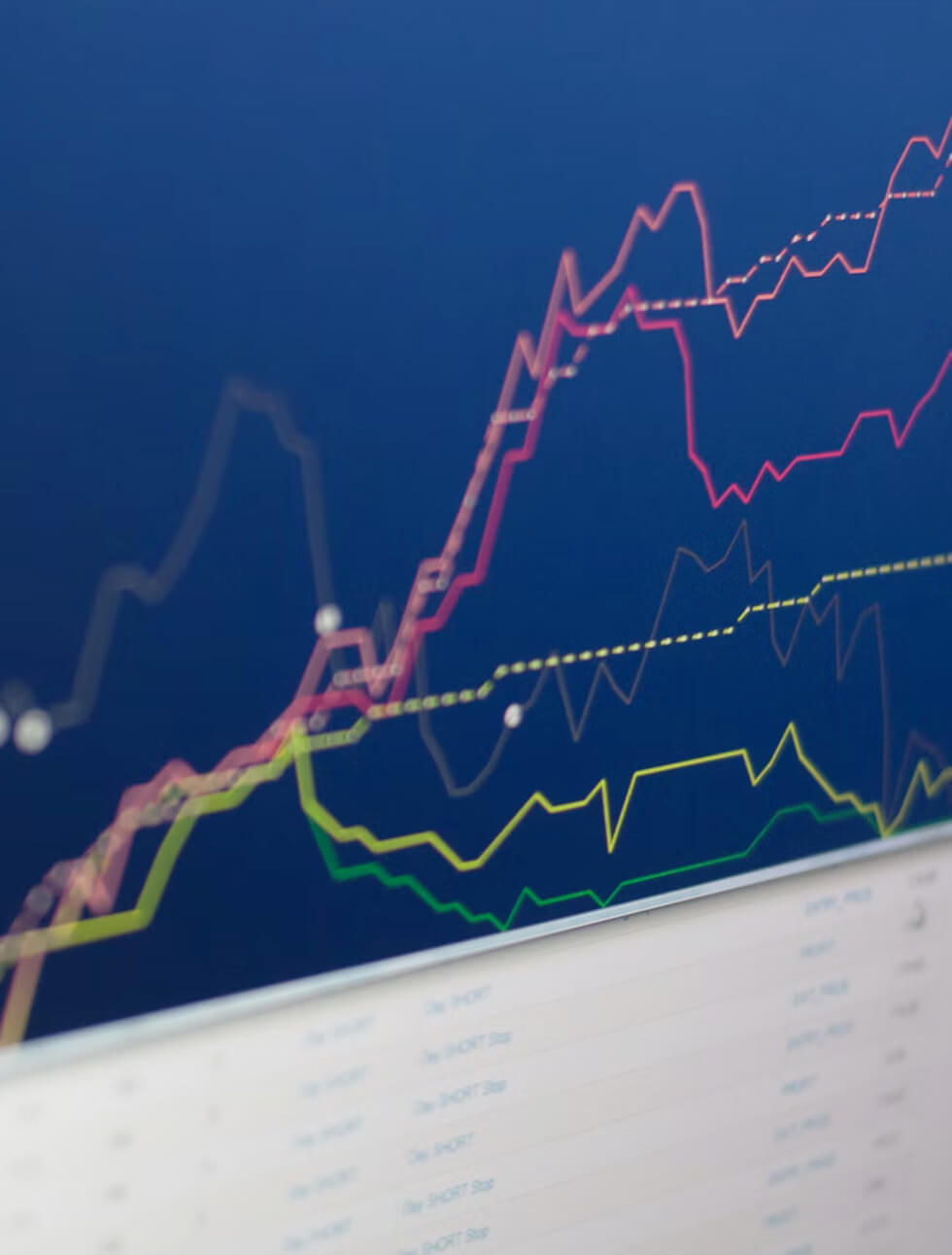Inflation in the United States experienced a significant slowdown last month, leading to speculation about the potential conclusion of the fastest series of interest rate hikes since the 1980s. The US Consumer Price Index (CPI) witnessed a year-on-year increase of 3% in June, down from 4% the previous month, marking its smallest rise since March 2021. However, it remains above the Federal Reserve’s target of 2%.
Notably, core CPI, which excludes food and energy, rose by 4.8% in June, reaching its lowest rate since October 2021. Among the factors contributing to inflation, rents emerged as the primary driver. Going forward, there are indications that core inflation will continue to decline, primarily due to a downward trend in rents.
As a consequence of the softening U.S. inflation data, the value of the dollar hovered close to a 15-month low, with market analysts predicting a significant weekly decline since November. This development sparked investor speculation that the Federal Reserve might be nearing the end of its rate hike cycle.
Data from June revealed that U.S. producer prices experienced minimal growth, with the annual increase in producer inflation being the smallest in nearly three years. These findings followed the modest rise in consumer prices reported the previous month.
As a result of these developments, the dollar index, which measures the value of the U.S. currency against six major peers, hit a 15-month low of 99.574. With a 2.4% decline for the week, this represents the largest weekly drop in eight months.
In contrast to the weakening dollar, the euro reached a fresh 16-month high of $1.1243. Moreover, the GBPUSD exchange rate soared to a 15-month peak during the course of the week.
Turning to the United Kingdom, the economy experienced a contraction of 0.1% in May due to the impact of several bank holidays, including King Charles’s coronation. Manufacturing, energy generation, and construction sectors were particularly affected as these industries encountered one fewer working day than usual.
The Office for National Statistics reported a decline in gross domestic product (GDP) for the month following a growth rate of 0.2% in April.
These figures emerge at a time when the Bank of England is preparing for its 14th consecutive interest rate hike, driven by concerns over high inflation.
This development adds further pressure to households and businesses, which is expected to weigh on economic growth in the coming months.
The high interest rates in the UK make holding Pounds more attractive, contributing to the recent positive gains of the Sterling against both the Euro and the US Dollar.




